- +86 187 3271 1873/+86 132 8322 1383
- [email protected]
Advantage 1: Complex shapes
Investment casting process begins with a wax pattern created by using a 3D CAD model. The wax pattern is then used to create a ceramic mold. Here are the 6 steps of casting.
1. Wax Injection (Create the pattern): The pattern defines the geometry of your desired item. It’s made of wax. Typically the wax is molded by using a 3D CAD model. But, also we can machine the wax directly. Then We assemble several wax patterns to a wax rod to build a tree structure.
2. Make the shell(Dipping & Stuccoing): We dip the tree into a ceramic slurry and dry it. Dipping and drying 3 times.
3. Wax Removal: The shell is turned upside down and heated. The wax runs out, and the ceramic shell is ready.
4. Cast the metal: Put the shell into a high-temperature furnace to preheat, then pour molten metal into the shell.
5. Remove the shell: Shake out the ceramic shell, leaving the tree structure made of metal.
6. Casting Cut off: Parts are carefully cut from the metal tree structure. These parts are ground, polished, and machined into the final form
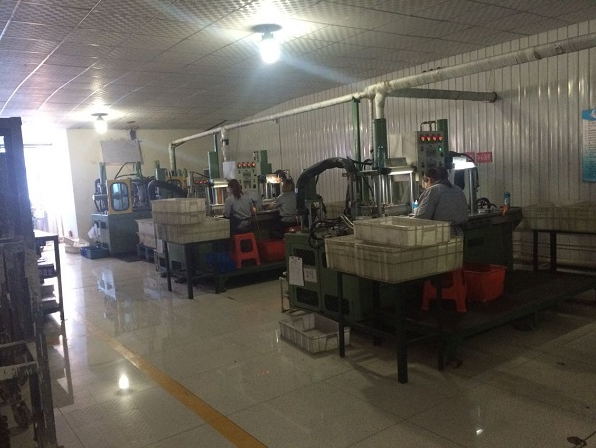
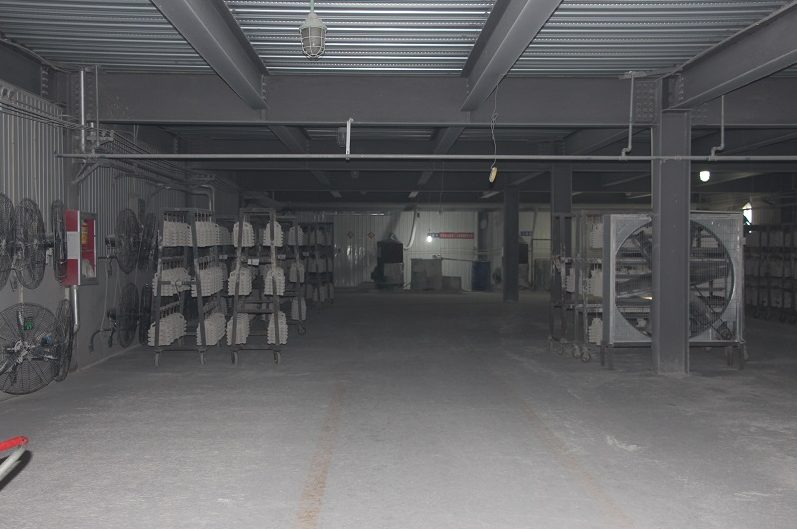
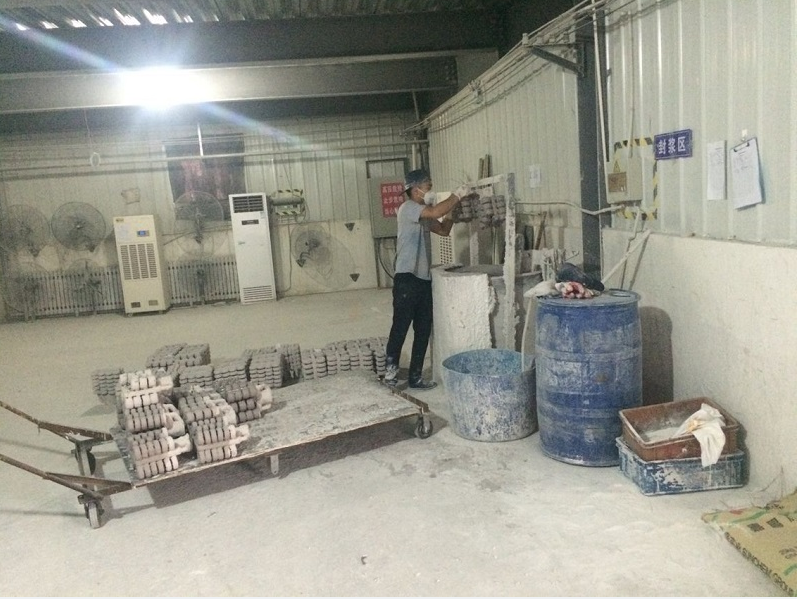
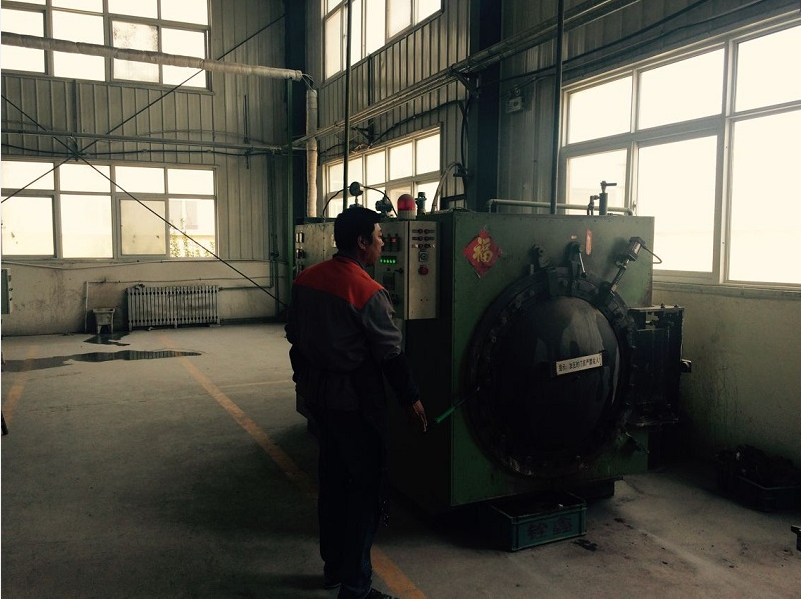
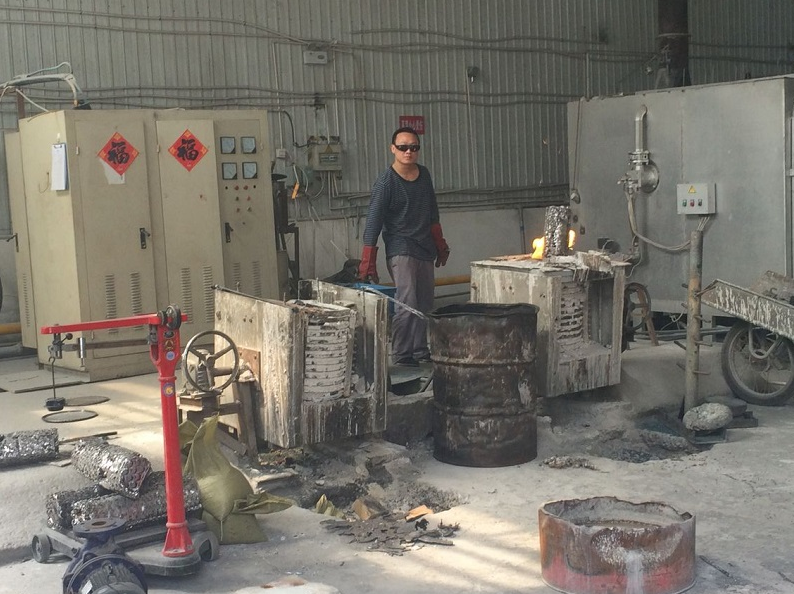
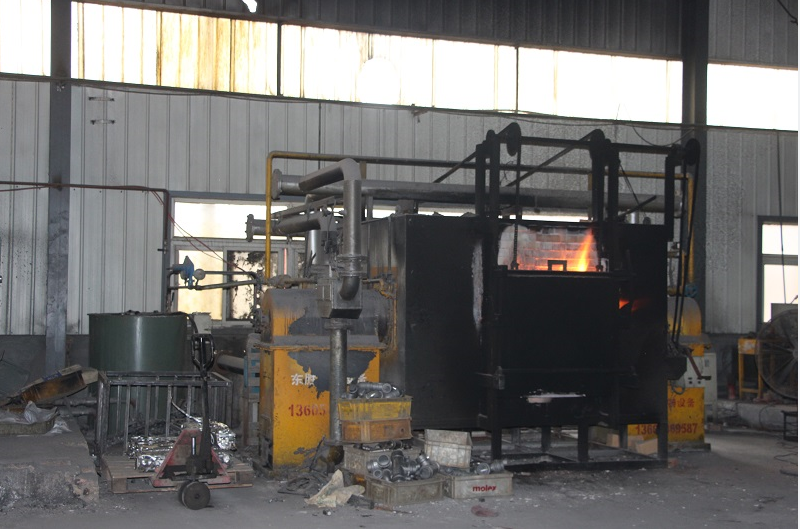
Advantage 2: Smooth Surface Finish
Investment casting uses a ceramic mold that can produce a much smoother, making it a popular choice for applications where precision and aesthetics are important in medical, petrochemical, food, textile, mining and housing industries. Some of the parts and components widely produced through stainless steel casting techniques include:
l Pumps
l Valve bodies& Handles
l Housings
l Gears
l Marine equipment like containers and shipping drums
l Medical devices such as three jaws connector used in foot prosthesis
l Machinery used in beer brewing, wine making and milk processing.
A variety of materials can be used for investment casting, such as bronze, stainless steel, and even aluminum. Nowadays, Stainless steel is a common material for industrial and commercial castings because it offers excellent mechanical properties and corrosion resistance, making it long-lasting in harsh environments.